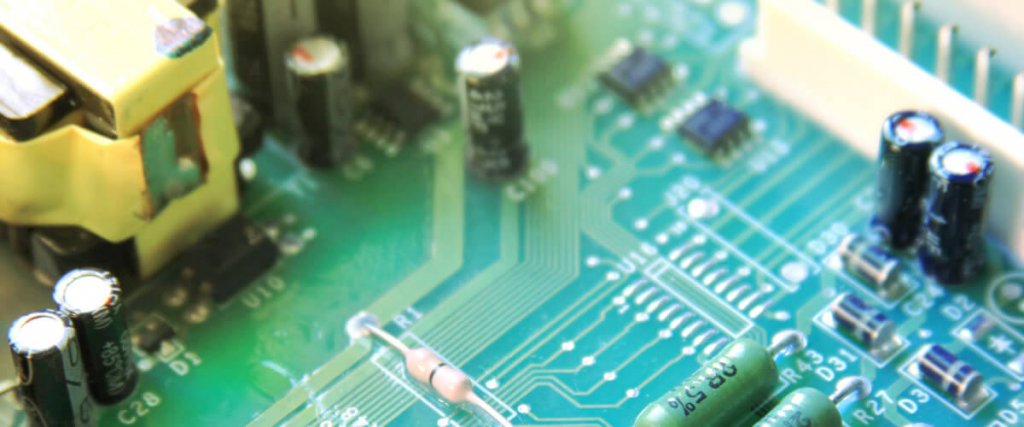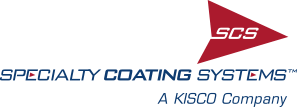Conformal Coatings Overview
Epoxy Coatings
Epoxy resins (ER), just like other conformal coatings, provide a thin protective film that offers good moisture and dielectric barrier properties. The coatings have excellent temperature and chemical resistance and are rigid, providing solid abrasion resistance properties.
Epoxies are available as a single part or two part compound. Single part compounds are cured thermally or by UV exposure; two part compounds begin to cure as soon as they are mixed together.

Properties of Epoxy Coating
- Wide temperature range
- Harder durometer, abrasion resistance
- Gas, chemical, moisture resistance
- High glass transition
- Good dielectric properties
- Useful to about 150°C (302°F)
Benefits of SCS
- Worldwide production capabilities for manufacturers and suppliers
- AS/EN 9100 and ISO 9001 certified coating centers
- Production Parts Approval Process (PPAP)
- Meets the requirements of IPC-CC-830
- Over 50 years of conformal coatings experience
Epoxy Conformal Coating Application Process
As with acrylics, polyurethanes and silicones, epoxies can be applied by one of three methods:
- Brush: Brushing is recommended for prototypes and assemblies requiring significant masking. This process is often considered for low-quantity orders.
- Spray: Spraying can accomplished with an aerosol can or spray gun, techniques that are more efficient for higher quantities. For larger production quantities, spraying via automated robotic systems provides increased throughput.
- Dip: Dip coating can be done through automated or manual processes in which the device hangs on an arm and is lowered it into a tank of material. Machine dipping is most efficient for large batches.
When it comes to the application of epoxy coatings on delicate components, film shrinkage may occur if the coatings are cured too quickly or at too high a temperature. Such shrinkage can damage underlying components, so it is recommended that a low-temperature cure method be used if shrinkage is an issue.
Rework of Epoxies
Epoxy resins are nearly impossible to rework as any solvent that can remove epoxy coatings will likely also remove any epoxy used to adhere components to printed circuit boards. These solvents also affect the PCB epoxy-based laminates. Rework solutions, then, include careful spot removal using a minimal amount of solvent or burning through the coating with a knife.
SCS’ experienced team stands ready to help customers determine not only the best coating to make your application successful but will also help determine the best application method for the coating of choice.

A global network of coating centers ready for your application.
Specialty Coating Systems offers customers regionally-located coating facilities to handle their engineering and production requirements. To discuss the benefits and properties of conformal coatings and your protection needs with an applications specialist, contact us online or call +1.317.244.1200.

